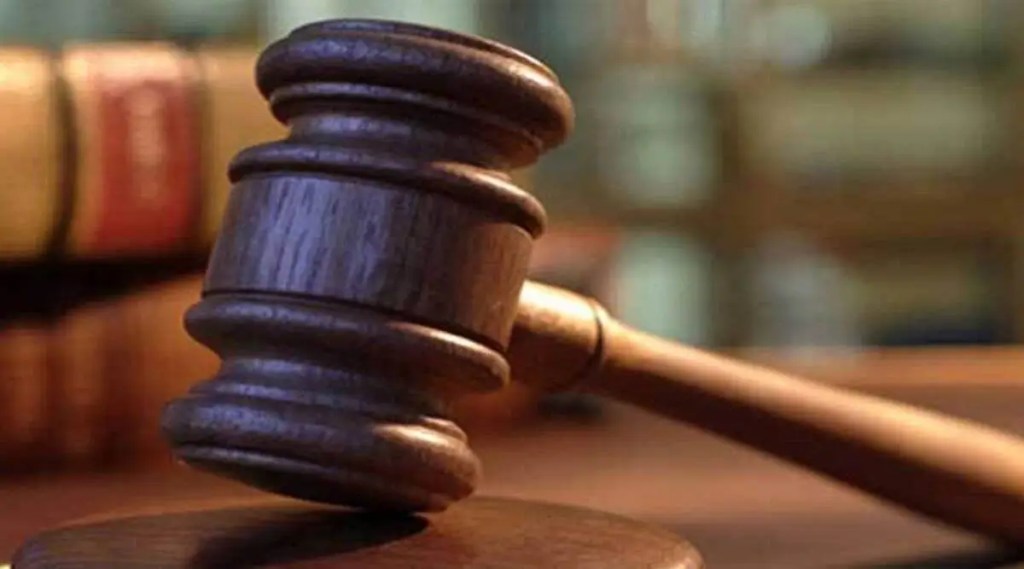Recovery for financial creditors from the resolution of toxic assets under the Insolvency and Bankruptcy Code (IBC) stood at just 10.7% of their admitted claims in the June quarter. It barely improved from a record low of 10.2% between January and March, and registered the second worst quarterly performance since the IBC came into being in 2016.
The lacklustre performance, often blamed on inordinate delay in resolution, reinforces the need for urgent reforms to resurrect the insolvency ecosystem and uphold the IBC’s promise of time-bound rescue of stressed firms to prevent value erosion.
According to the data compiled by the Insolvency and Bankruptcy Board of India (IBBI), the realisation for financial creditors hit `1,145 crore between April and June, compared with the admitted claims of `10,697 crore (See chart). However, if this is of any consolation, recovery in the June quarter stood at 145% of the liquidation value of the firms; in the March quarter, it had dropped below the liquidation value for the first time.
Also read Future Enterprises faces second plea to initiate insolvency
Thanks to sustained below-par realisation over the past three quarters, the cumulative recovery for lenders where resolution took place dropped to just 30.6% until June 2022, from 32.9% until March and 35.9% up to September 2021.Analysts have attributed the low recovery to the reduced market appetite for stressed assets in the aftermath of the pandemic — on top of inordinate delay in resolution, caused by protracted legal tussles and bottlenecks in the adjudicating system.
Importantly, resolution in four of the top five cases that contributed substantially to the crash in recovery in the June quarter took 2-3.5 years to materialise. In contrast, the IBC sets a time-frame of 180 days to resolve stress in a firm, which can be extended by another 90 days with the NCLT approval. Unsurprisingly, this just corroborates the fact that inordinate delay is leading to value erosion.
For instance, the recovery for financial creditors from Rohit Ferro-Tech was just 11.8% of the admitted claims of `4,221 crore (the resolution took two years). In the case of Indolsolar, the realisation was only 4.3% of such claims of `2,185 crore. Similarly, for BVV Paper Industries, the recovery was just 1.8% of the claims of `1,042 crore. In both these cases, resolution took place after three years.Given that about 61% of stressed firms that are undergoing resolution have exceeded the 270-day limit and another 10% have crossed 180 days, the recovery prospects in these assets are far from bright, analysts said.
To be sure, the recovery in all these cases does not include the CIRP (corporate insolvency resolution process) cost, and many probable future realisations such as equity, proceeds from corporate and personal guarantees, funds infused into the stressed firms, including capital expenditure by the resolution applicants, and recovery from avoidance applications. Once these are factored in (for which data are not available), the overall realisation may look better. Still, the recovery of 10-11% for financial creditors remains meagre by any standard.
Of course, analysts have said the IBC’s performance shouldn’t be judged on the basis of recovery in a particular quarter, but they have been unanimous in blaming the clogged NCLT (National Company Law Tribunal) system for the delay in resolution. It not just leads to asset value erosion but discourages serious suitors from bidding for the insolvent firms for fear of losing out if the process stretches on.
A Bill to tweak the IBC, aimed at expediting resolution, among others, wasn’t introduced in the monsoon session of Parliament. Despite the appointments of new members in recent months, various benches of the NCLT face severe shortage of strength. While the IBBI has introduced a raft of regulations to cut delays, those may not suffice unless relevant authorities bolster the adjudicating system, analysts have cautioned. Of course, according to the IBBI, an overwhelming number of “dead cases” pertaining to the earlier BIFR regime have also contributed to the elevated haircuts so far. Of 514 stressed firms that were rescued through resolution till June and for which data are available, as many as 175 were either transferred from the earlier BIFR regime or defunct, according to the IBBI. Also, when a case is referred to the IBC for resolution is crucial.

